Is this where my love of travel stems from?
I feel that this personal story of my Grandad’s World War II journey, through the lens of his old Coronet camera, may be more for my benefit, than yours.
However, for anyone that shares my love of history (particularly family or military history), photography and travel. As well as the closeness that only comradery in battle can bring will hopefully enjoy this read.
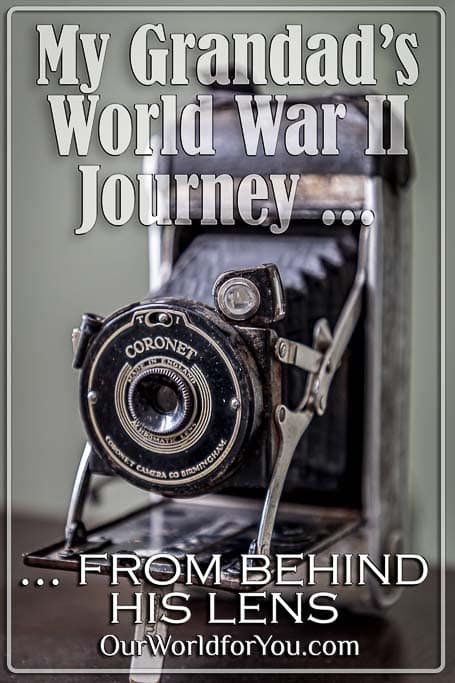
From a young lad to a Grandad
Most of us nowadays have a smartphone with a camera, that within the blink of an eye you’ve captured that ideal shot. It’s there stored to memory for as long as we wish, the image is crisp, perfectly aligned and nobody’s head is chopped out of the picture.
Job done! Yep, “Bob’s your uncle”, well he’s my Grandad actually but let’s not be picky.
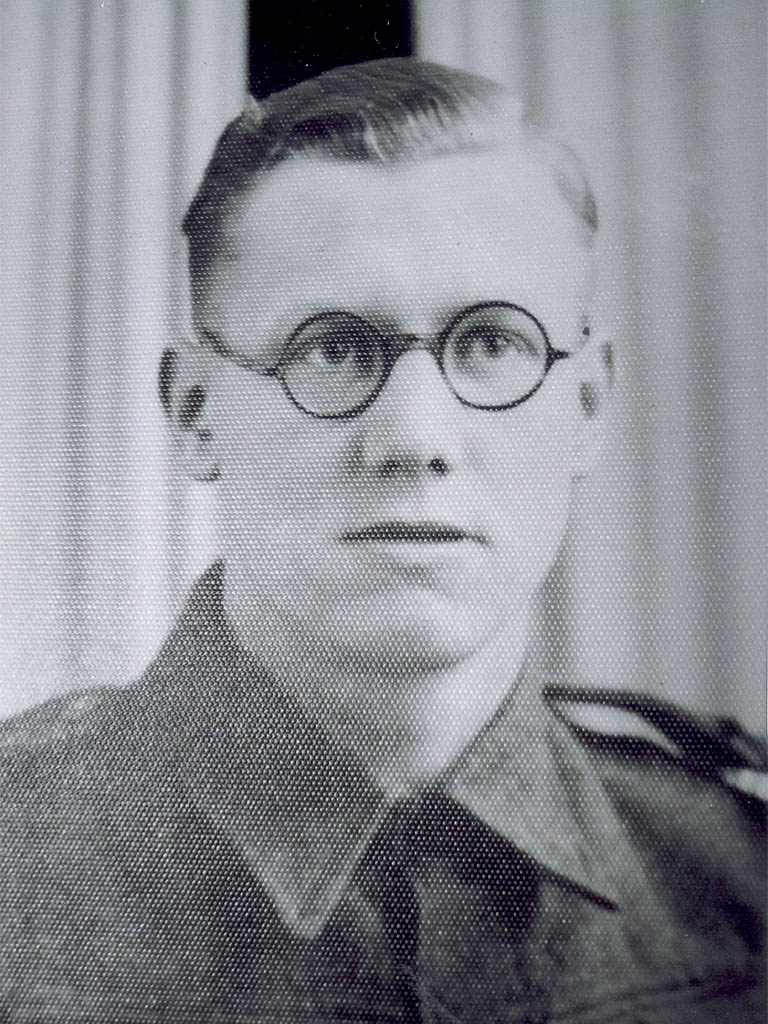
To the Army, my Grandad was Robert, to his mates he was Bob, although, to my brother and me, he was ‘Pop’.
Pop would always be winding us up one way or another, so, the antics he and his mates must have got up to during army downtime, I shudder to think.
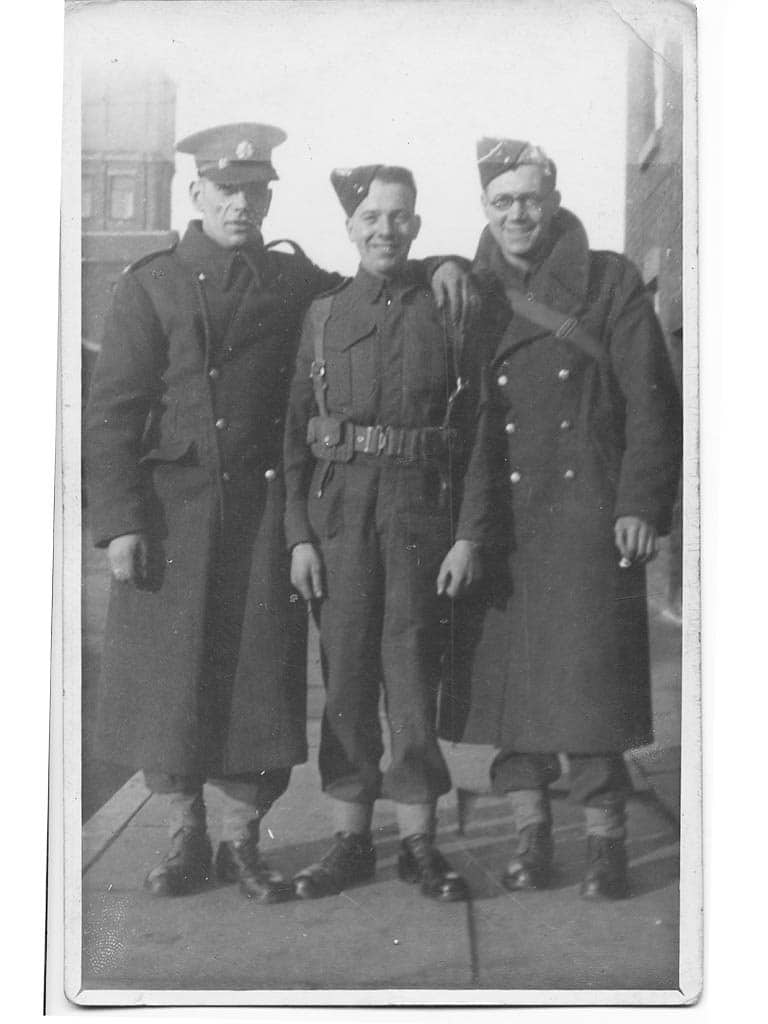
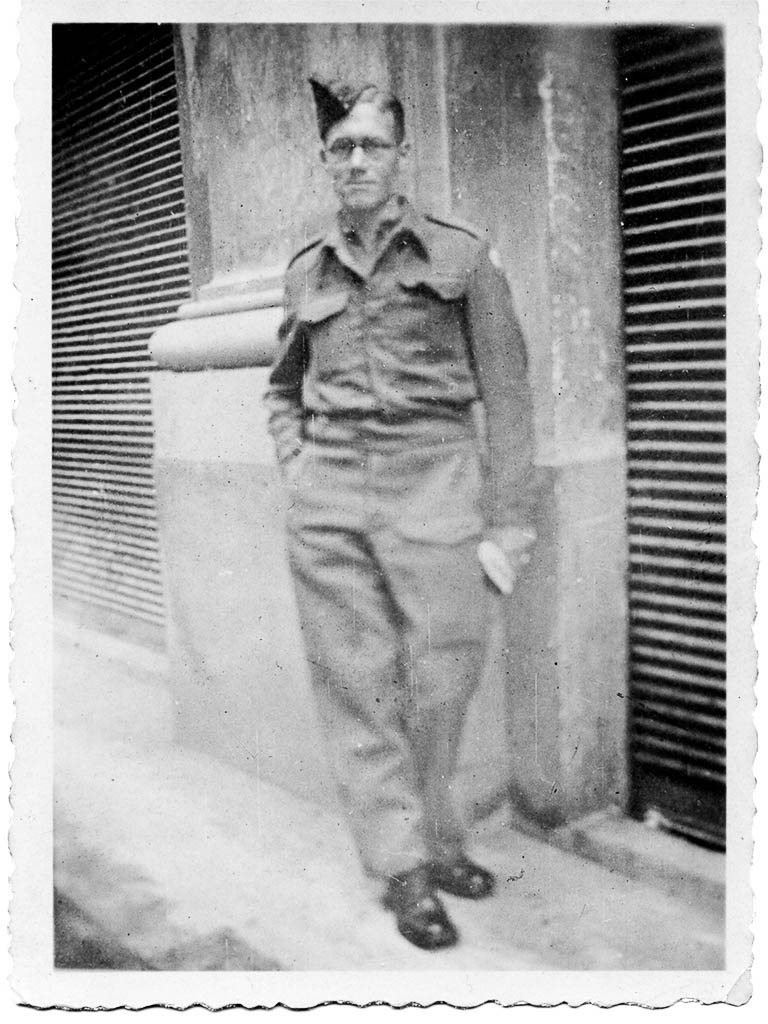
The Coronet Camera
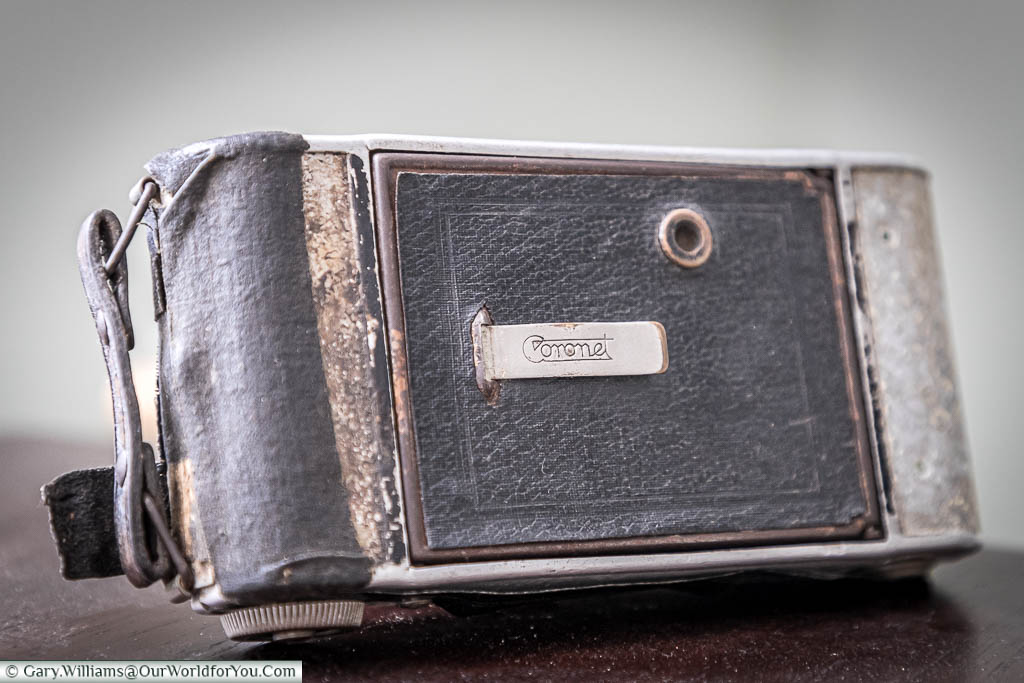
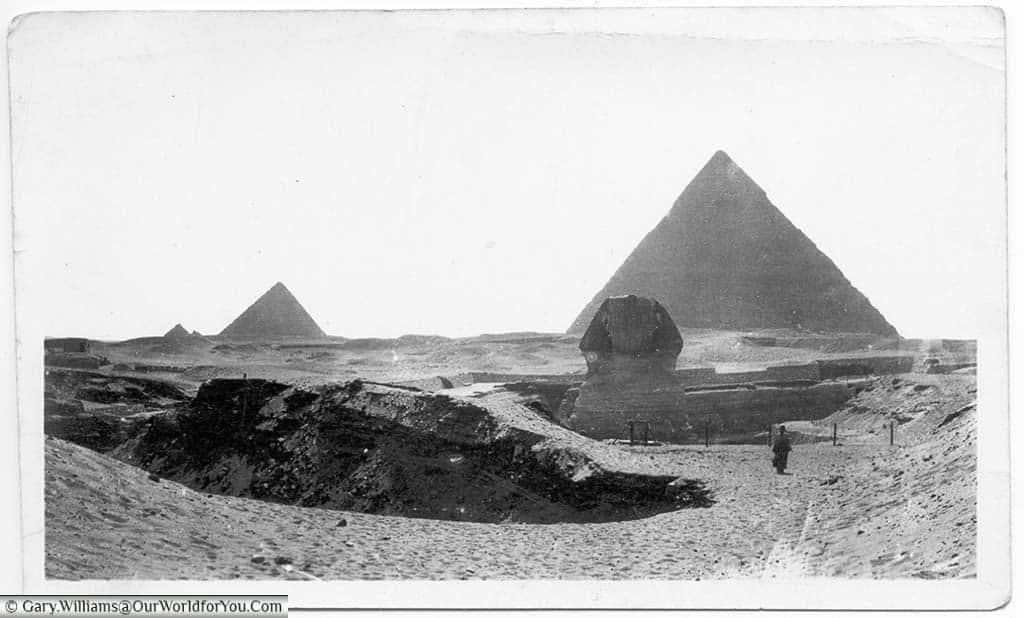
My Grandad was in the 23rd Armoured Brigade, which like so many other divisions, brigades and units, they were often part of a larger hierarchy. In the case of the 23rd Armoured Brigade, it was part of the 8th Army.
The 8th Army had a few different Commanders during the Second World War, the most well-known, was probably Bernard Montgomery ‘Monty’.
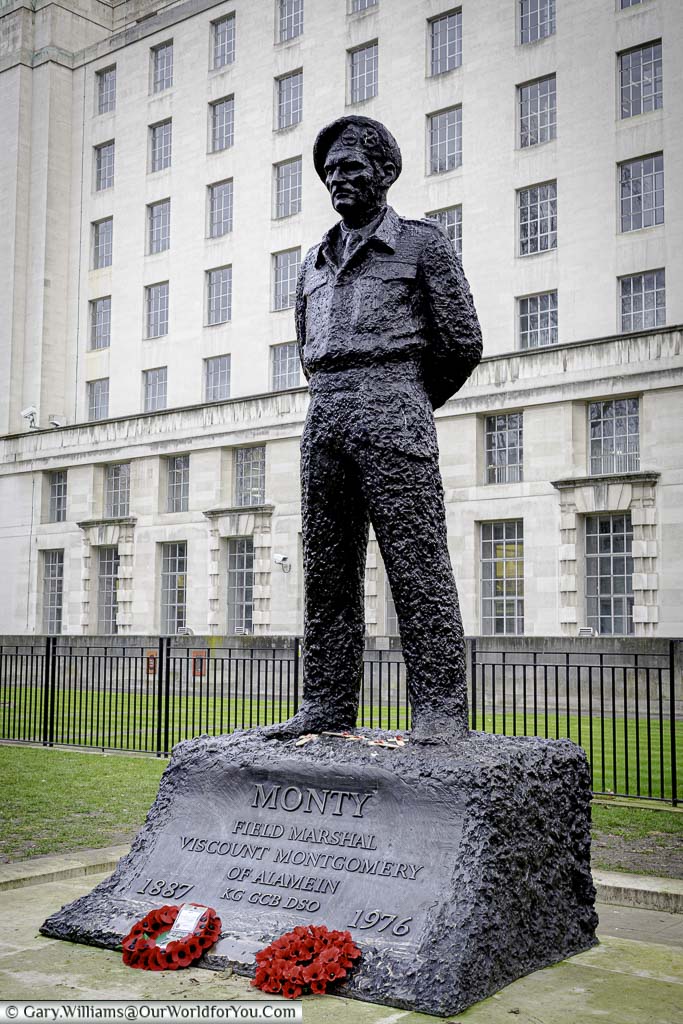
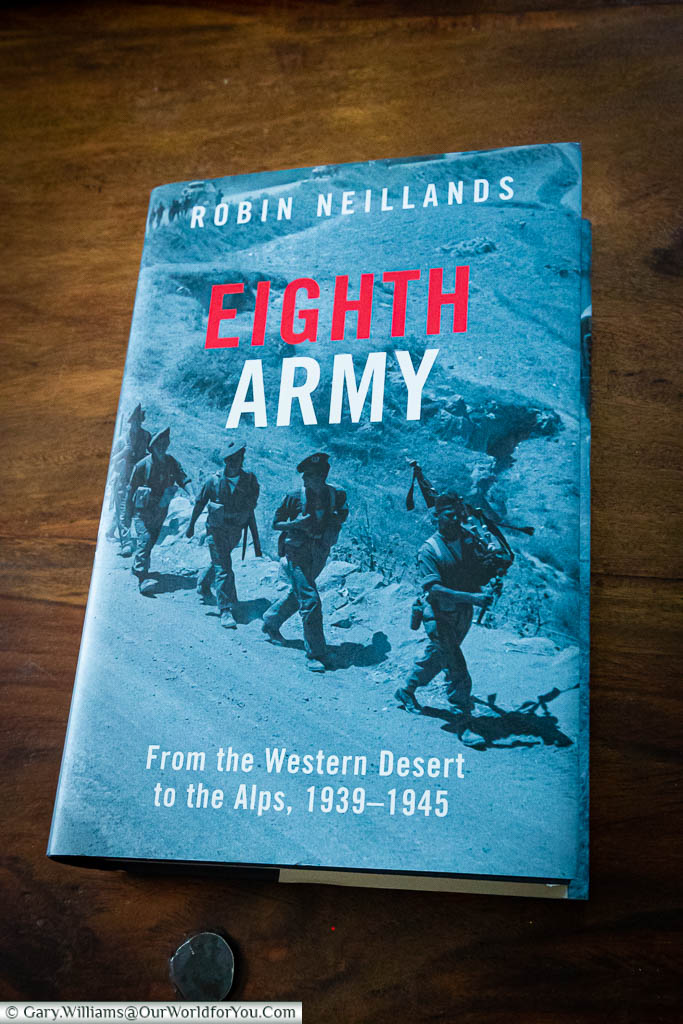
The nostalgic photo album
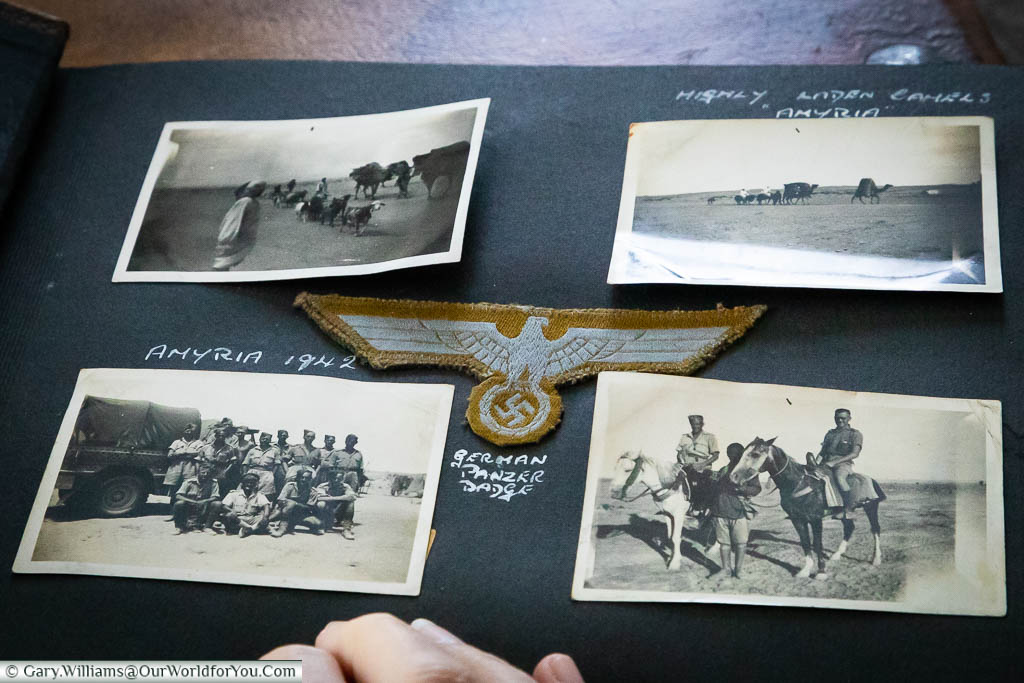
Every photo has a tale, and as the saying goes “A picture is worth a thousand words”.
What must have been going through his mind when he was told where he was being dispatched to?
They were so young, venturing into the unknown. For me Pop was always my Grandad; so, looking at the photos knowing he was in his very early 20’s, is strange.
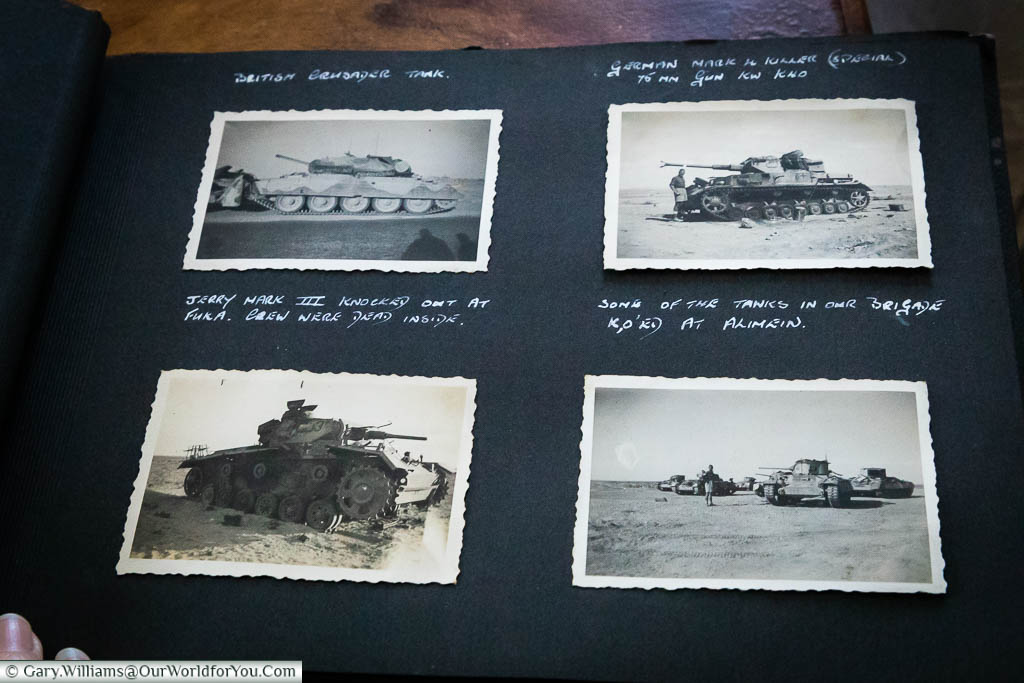
It’s all in the words
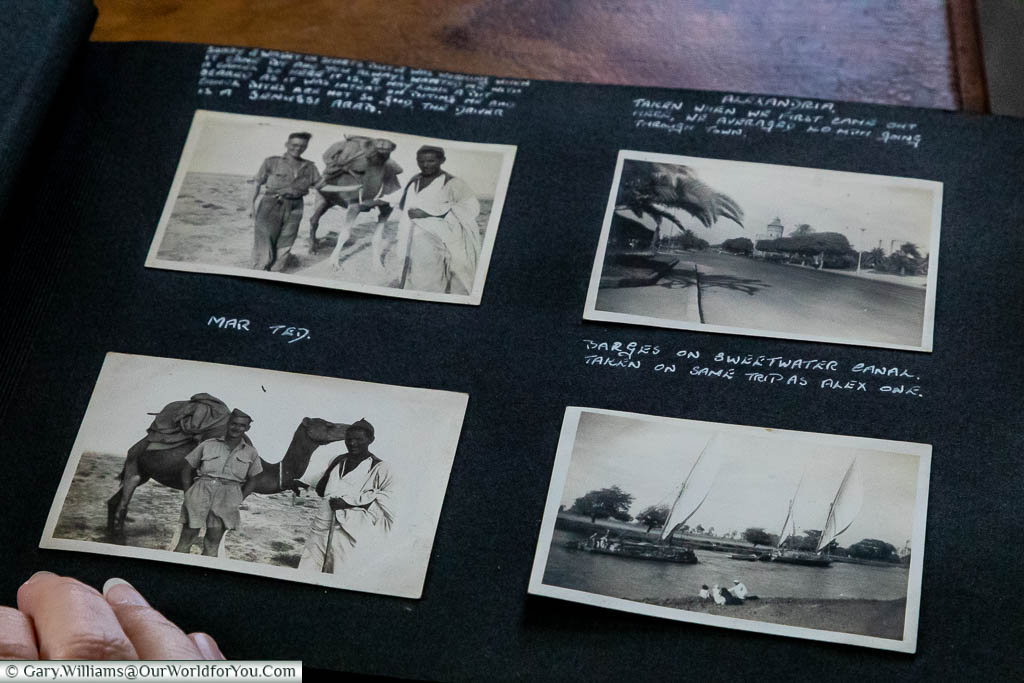
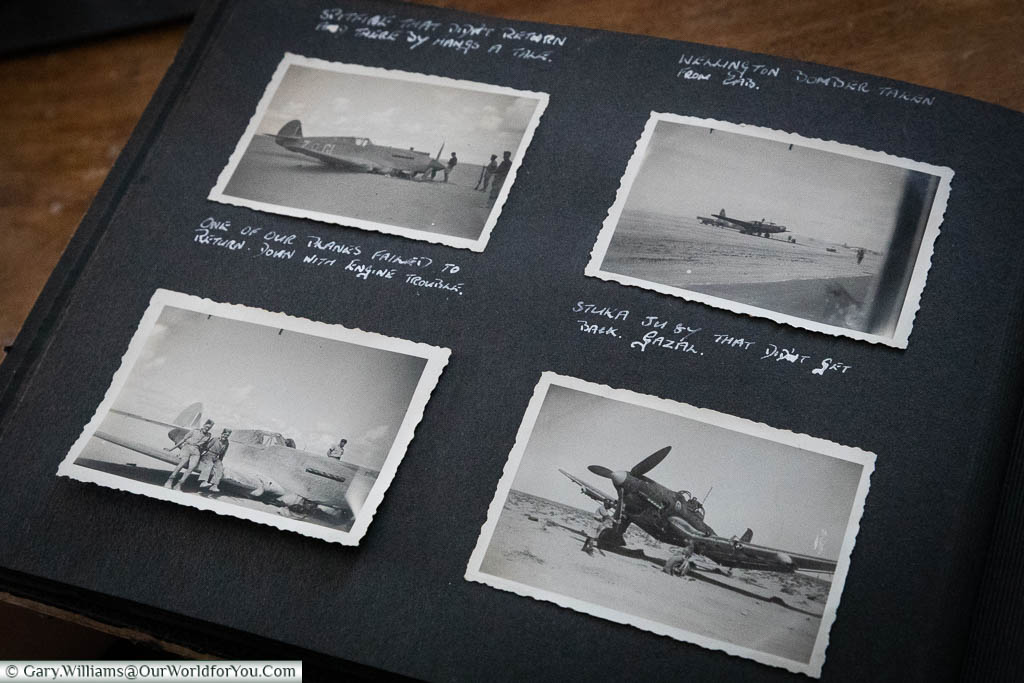
Wartime photos
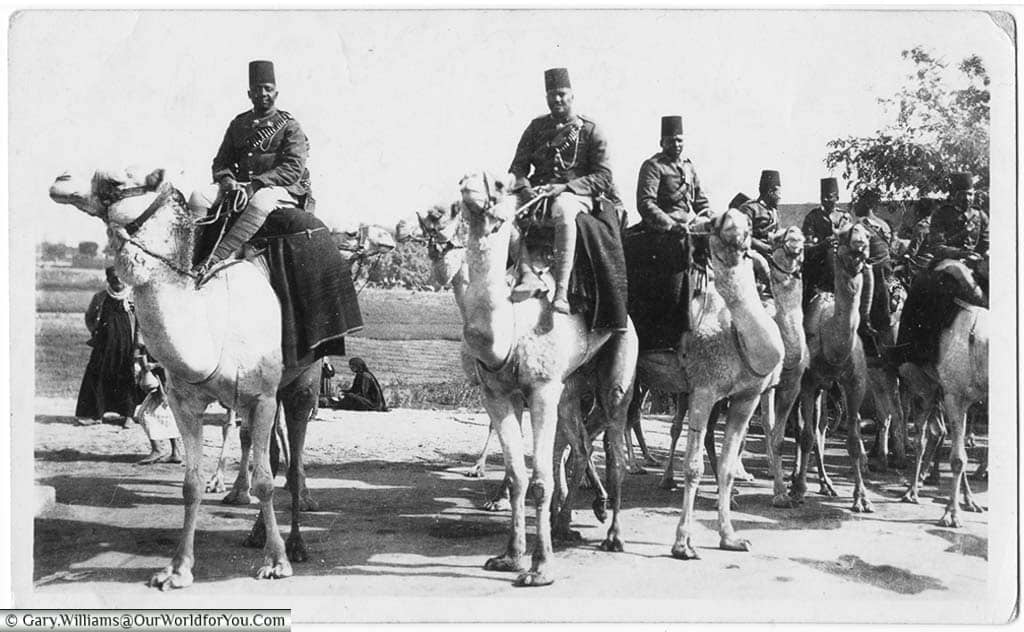
During his time in El Alamein, the Army obviously let the troops visit the Ancient Pyramids in Egypt. As he took photos of the Great Pyramid and Sphinx at Giza.
His photos also include local families that they had met and built up a rapport with. He mentions chatting with children who wanted to go to England.
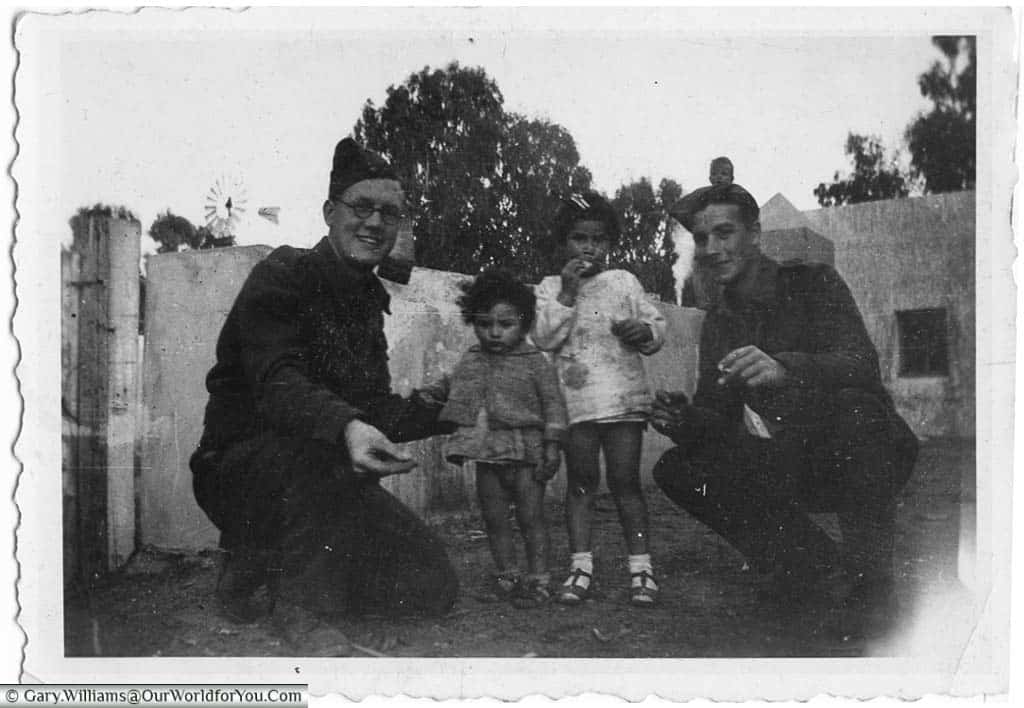
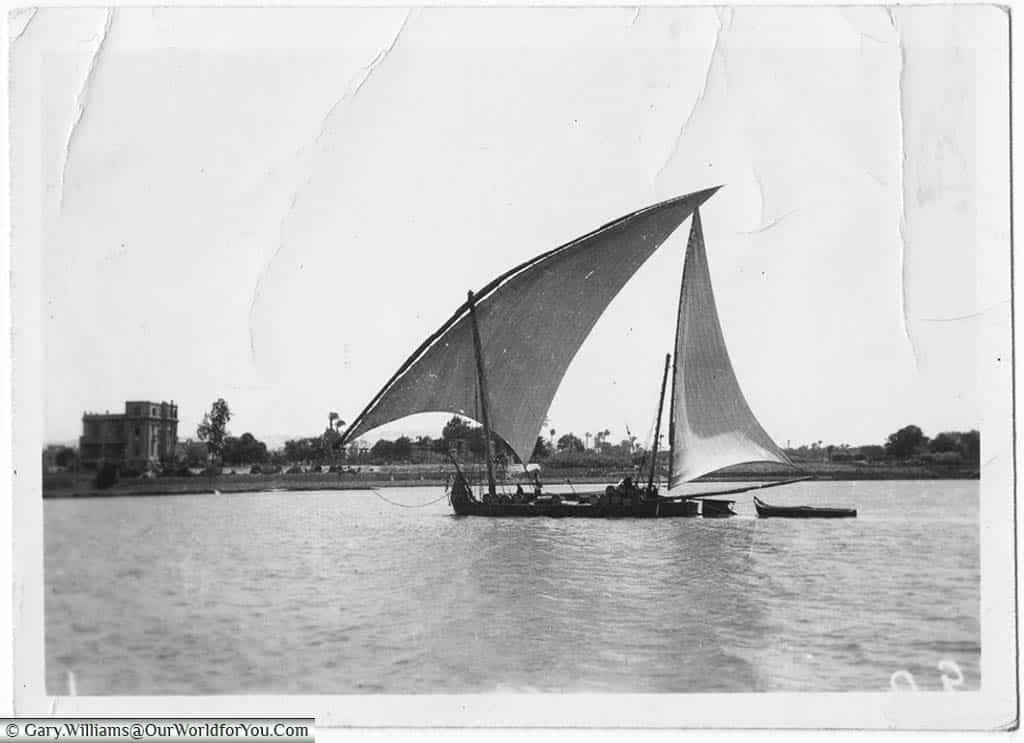
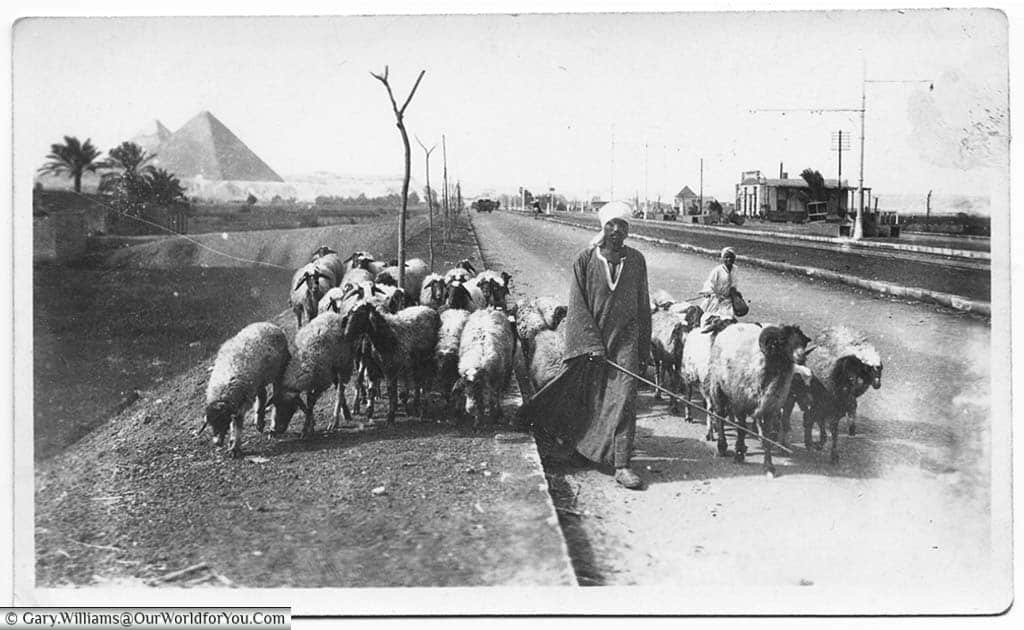
It’s good to talk
Prisoner of War
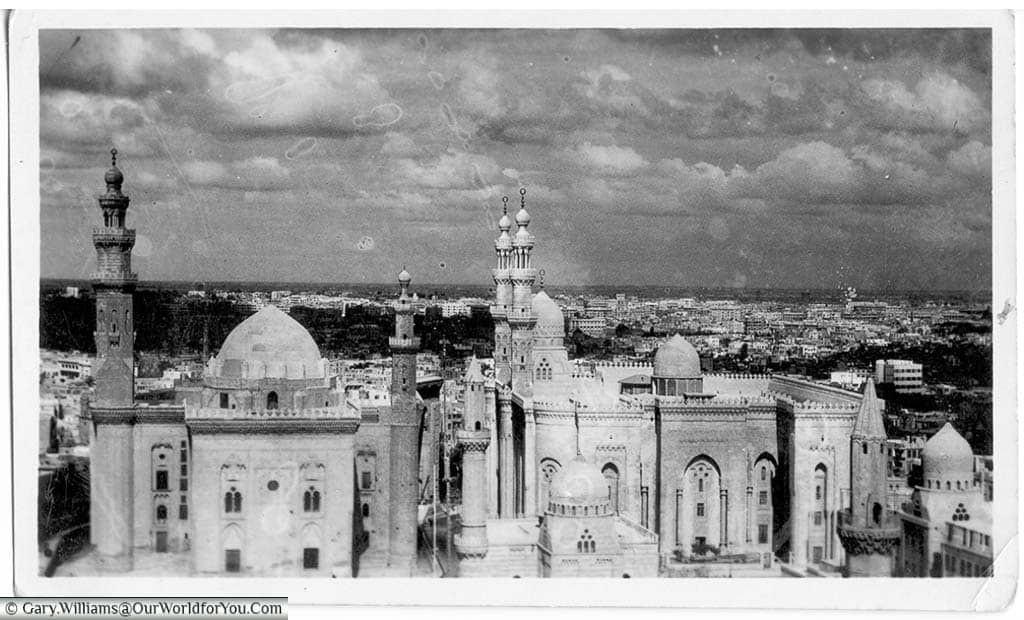
However, on reading through his correspondence, we came across a letter that a fellow Army colleague had written to my Nan. It explains that the British Army had my Grandad’s kit and some personal items. However, the treasured Coronet camera was with him, along with a locket my Grandmother had given Pop prior to his departure.
I think it must have been a tough Christmas for my Nan in 1944. As she was informed on 20th December 1944, that my Grandfather was captured on 13th December in Athens.
She was later informed to some relief I can imagine, that he was repatriated on 24th January 1945. We have the War Office telegram that my Grandad was able to send back to her on 1st February 1945. It was short and to the point and read “Safe and well back with British”.
Never to be forgotten
Pop never really spoke of the war, just like so many returning soldiers. Which of course, you can undoubtedly understand and appreciate why they wouldn’t.
Just on the rare occasion that my Grandfather did reflect, it was very touching. I can remember him getting choked up (and I did too) about a group of Welsh lads he had become good friends with.
I believe they were part of the same Armoured Brigade as Pop but were in the tanks. Devastatingly they lost their lives when their vehicle took a direct hit. He said how he use to remember them singing “Land of my Fathers”.
It was over 20 years ago he told us about the Welsh boys, and I still remember where we were, when he explained it all.
Discovering our history
Perhaps it’s through these shared moments that fuelled my interest to discover more about the World Wars.
Our travels have taken us along the five Normandy Beaches, through the poignant WWI battlefields of the Somme and Ypres and to the memorials at Tyne Cot and Thiepval.
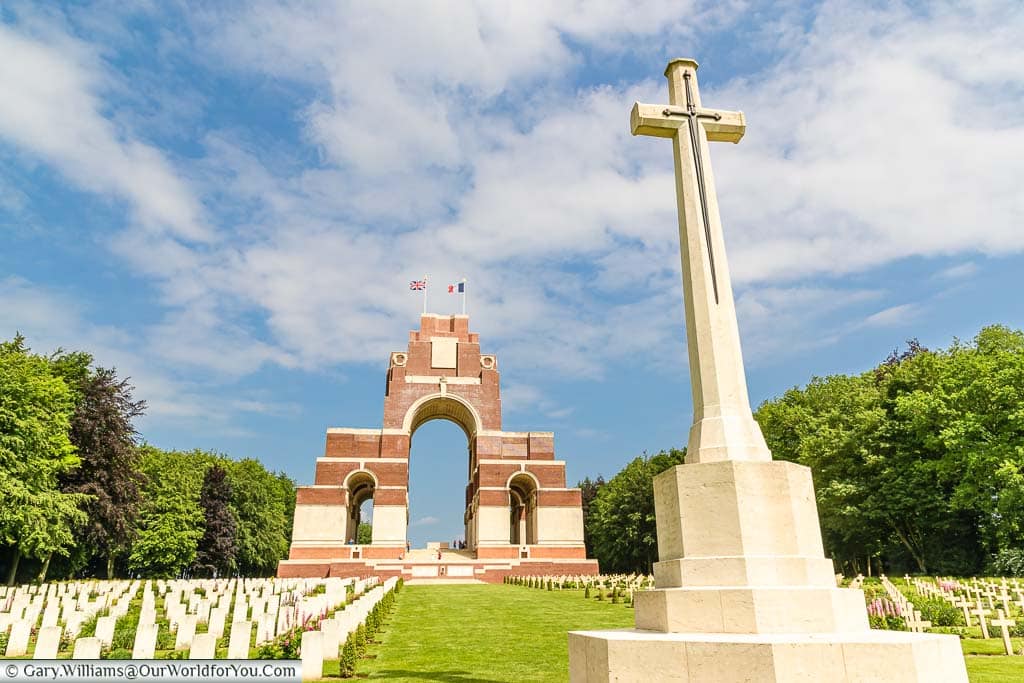
I also try and make a point when we are travelling to visit the cemeteries which have Commonwealth War Graves. We actually went to one in Reykjavik whilst in Iceland.
However, closer to home, we have spent time tracing the last resting places of the young men who lost their lives from our little village in Eccles, Kent.
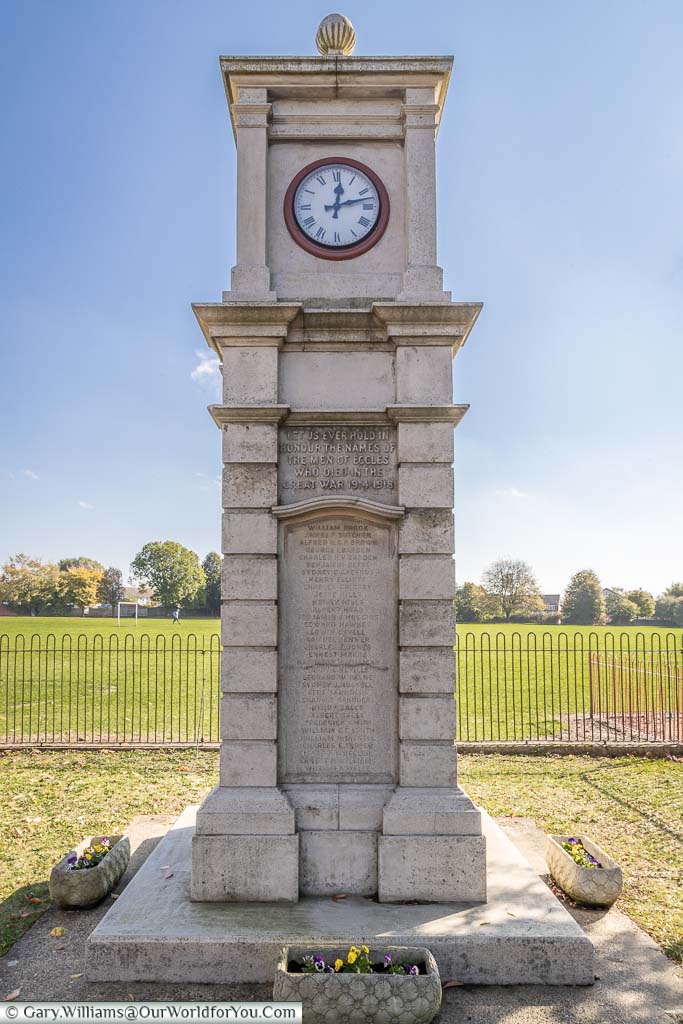
Thinking back now, my Grandad would encourage me to travel and always see the positives in it. Whereas I remember my nan would always be so cautious. Nevertheless, she must have enjoyed flicking through his photo album and seeing these weird and wonderful places.
Thanks Pop for capturing your memories to film.
* This post may contain links to affiliated sites where we earn a small commission at no additional charge to you.


Wow! I loved reading this account, thank you. My grand-dad (who incidentally I always called ‘Pop’ too) fought in both WWs.
As a young woman I was always asking Pop to tell me about when he was in the war! He seemed to be able to talk about it comfortably enough, although you never knew for sure what he missed out of course… . I never asked him if he had to kill anybody, no, but rather assumed he may have done as he was in the trenches and also involved in hand-to-hand fighting with the Japs at some stage. Not sure of the historical details on this, but he said they were absolutely quick and evil when they came at you out of nowhere with their knives. interestingly I seem to recall him talking about being in Eygpt too, ilke your Pop.
Pop quite liked telling the tale of when he was in the trenches and his pal next to him got shot at by a Gerry and his ear went missing, but otherwise both of them remained unharmed. He always seemed quite amazed at such a close call.
My grandmother was a postwoman during WW1 and could identify the envelopes that would contain the ‘missing presumed dead’ or ‘killed in action’ letters, always dreading she would find one addressed to herself. We were blessed and she never did. The worst he seemed to have suffered was dysentery and he was sent home to recover.
My brother, who did his National Service in the RAF and was a Reserve, is a huge war-interest person. With the help of websites like Ancestry he has done detailed research into Pop’s wartime records, so knows a lot more than I do on the subject. Brother, who is now 86, has given instructions that when he dies he wants to be cremated and his ashes scattered in a tiny memorial garden for fallen soldiers from Folkestone, where he lives. That’s patriotism for you eh?
He was returned to England in WW1 as he had dysentry.
Hi Ann,
Thanks for your kind words and for sharing your stories.
I hope you don’t mind; I will send you a direct email with my reply, as it was reasonably long.
Take care
Janis